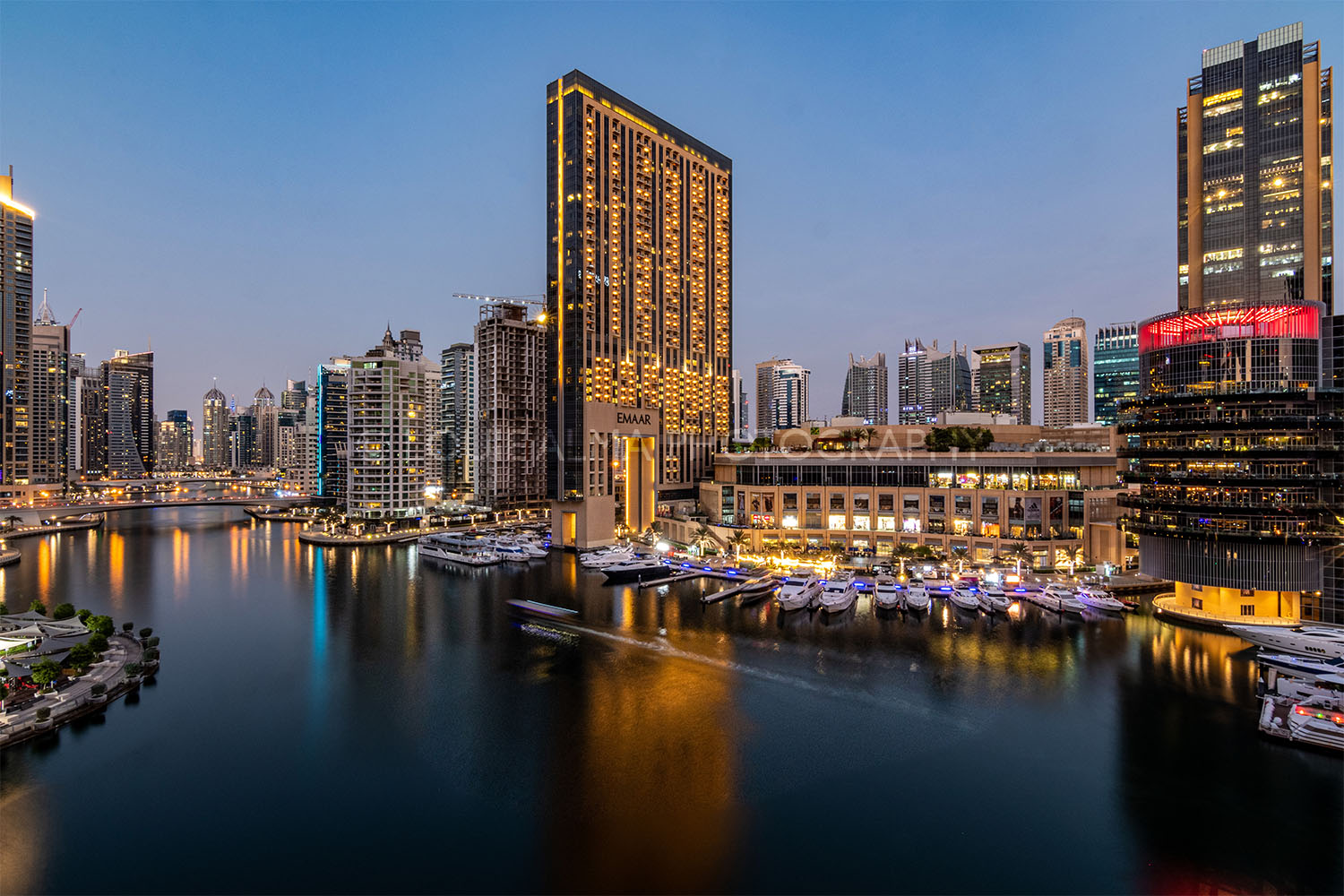Top California Destinations for Families to Enjoy
California, often called the Golden State, offers an array of picturesque landscapes, thrilling amusement parks, and cultural experiences, making it a great destination for family trips. With its vast diversity, from the coast’s sandy beaches to the majestic mountains and bustling cities, there’s something for everyone in the family to…


















